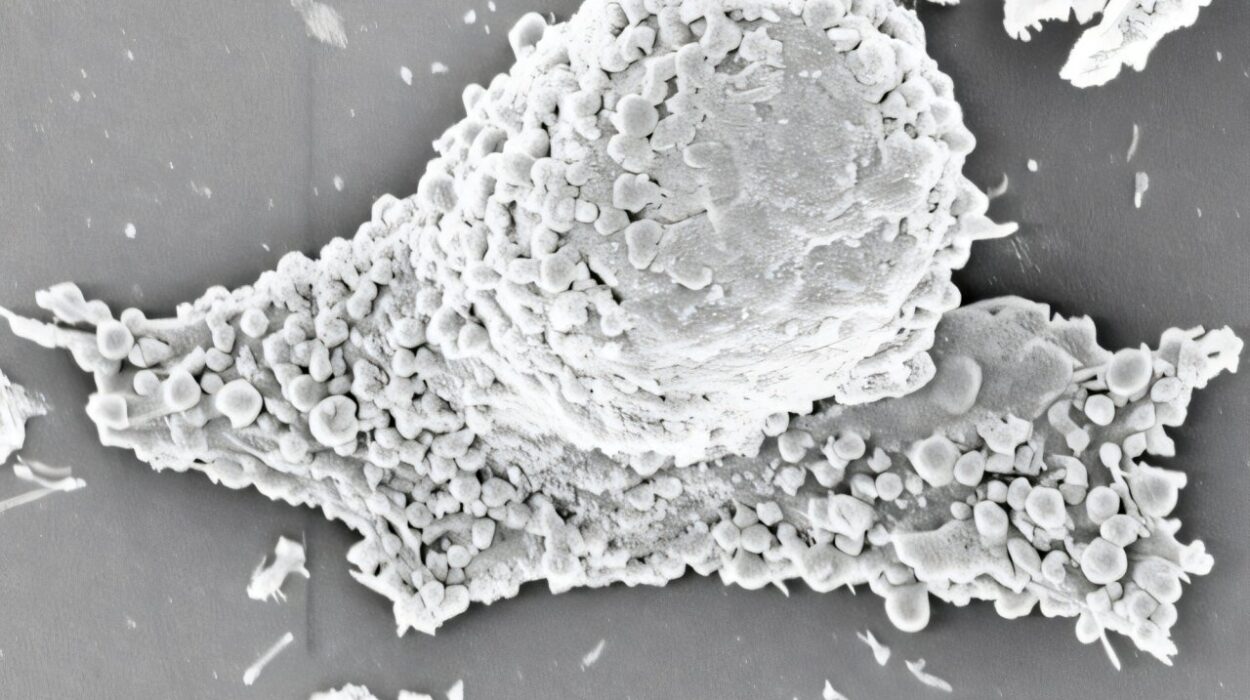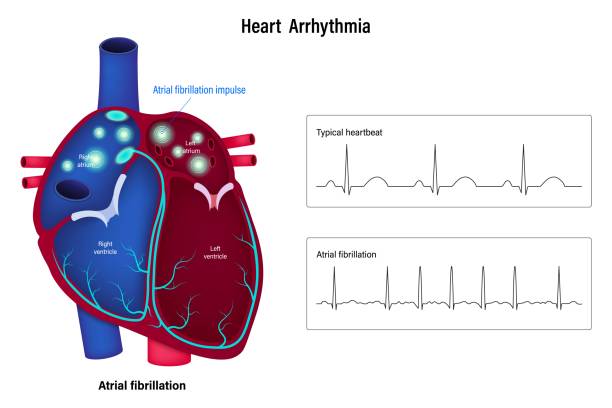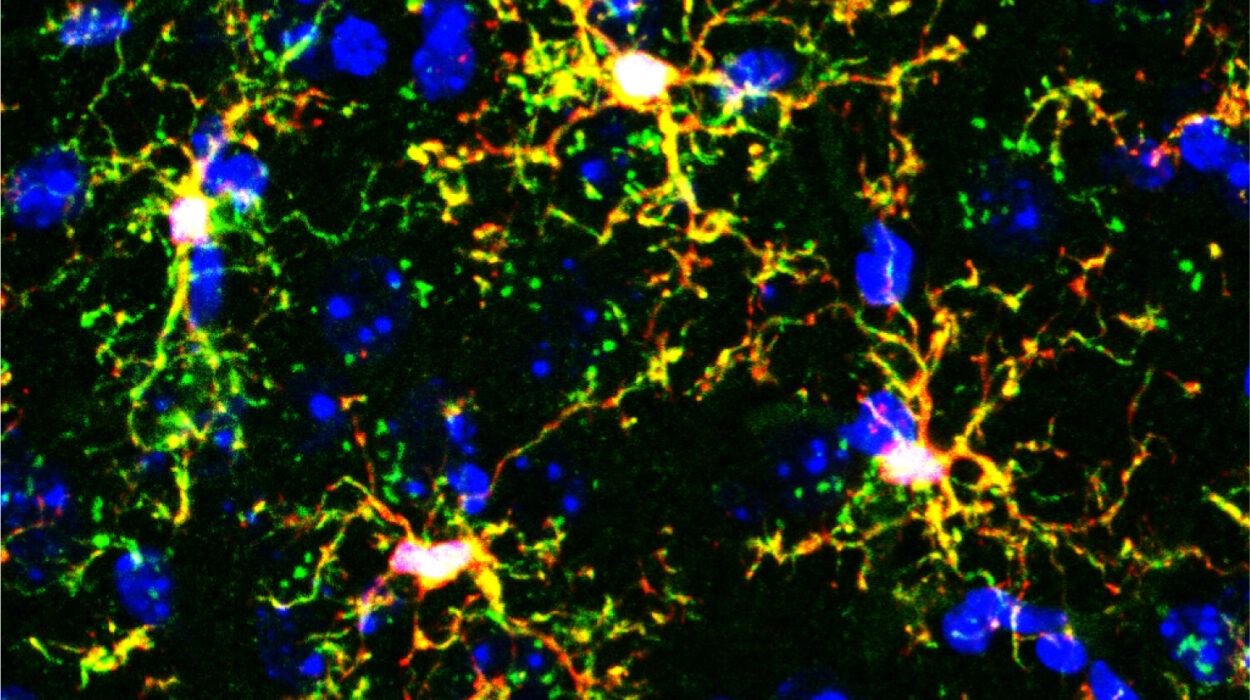When you roll up your sleeve for a vaccine—be it a flu shot, a COVID-19 jab, or a childhood immunization—you’re receiving the final product of a scientific odyssey. It’s a journey that starts in a lab, travels through meticulous trials, crosses international regulatory hurdles, and ends in your local clinic or hospital. Yet most of us never think about what it takes to create these microscopic shields against disease. How is a vaccine born? Who decides it’s safe? What really happens behind the scenes?
Vaccines aren’t just little vials of liquid; they are masterpieces of biology, data, and global cooperation. The process of developing and approving a vaccine is one of the most rigorous in all of medicine—and for good reason. Vaccines are given to healthy people, often millions or even billions, so they must be held to the highest standards of safety and efficacy.
In this deep dive, we’ll journey through the fascinating world of vaccine development, from the initial idea on a whiteboard to the final approval stamp from global health authorities. It’s a story filled with innovation, setbacks, hope, and rigorous science. Let’s uncover how the miracle of vaccination comes to life.
The Genesis of a Vaccine: Spotting the Enemy
All vaccines begin with a target—a virus, a bacterium, or some other pathogen causing illness. But not every pathogen is a good candidate. The process starts with researchers identifying a disease that poses a significant health threat. Sometimes it’s an age-old menace like measles or tuberculosis; other times, it’s an emerging threat like Zika or a brand-new coronavirus.
The first critical question is: Can immunity be achieved? In other words, can the immune system be trained to recognize and fight the pathogen without causing the disease itself? If so, scientists begin dissecting the pathogen, looking for its most vulnerable parts—proteins or molecules that can be recognized by immune cells.
This is where fields like genomics, proteomics, and structural biology play crucial roles. Scientists may analyze the pathogen’s genetic code to find proteins that are essential for its function or infection. These “antigen candidates” become the potential stars of a future vaccine.
At this early stage, researchers may also draw from past experience. If similar pathogens have already been studied—say, SARS-CoV-1 for COVID-19—scientists can use that knowledge to fast-track development. The process may seem highly technical, but at its core, it’s like figuring out an enemy’s weakness before going to battle.
Preclinical Studies: Testing the Waters in the Lab
Before anything is tested in humans, extensive research is conducted in laboratory settings and with animals. This phase, known as preclinical testing, helps answer critical questions: Is the vaccine safe? Does it produce an immune response? Could it potentially work in humans?
Scientists test the candidate vaccine in cell cultures to observe whether it triggers any toxic effects. Then, it’s tested in animal models, typically mice, ferrets, or non-human primates, depending on the disease. For instance, rhesus macaques are often used in vaccine studies because their immune systems closely resemble humans.
During this phase, researchers might go through several formulations of the vaccine, adjusting dosage, choosing delivery methods (like injections or nasal sprays), and refining the ingredients. Adjuvants—substances that boost immune responses—may be added to enhance effectiveness.
Preclinical studies can last months or years, depending on urgency and complexity. For diseases like COVID-19, preclinical phases were expedited due to the emergency, but without skipping essential safety evaluations. When enough evidence supports moving forward, researchers submit an Investigational New Drug (IND) application to regulatory agencies like the FDA.
Phase I Trials: First-in-Human Safety Checks
Once a vaccine candidate clears preclinical hurdles, it enters the realm of clinical trials—human testing, divided into several meticulous phases. Phase I trials are the first step, involving a small group of healthy volunteers, often between 20 and 100 people.
The goal here isn’t to test efficacy but to ensure safety. Researchers carefully observe how participants’ bodies respond to the vaccine. Does it cause fever, inflammation, or any allergic reactions? Is the immune system responding by producing antibodies or activating T-cells?
This phase also helps determine optimal dosing. Sometimes, different groups receive varying amounts of the vaccine to find the dose that balances safety and immune response.
Although these trials are relatively small, they are heavily monitored. Participants undergo frequent blood tests, physical exams, and symptom reporting. Any serious adverse event could halt the trial instantly. Only if the vaccine proves safe in Phase I does it move to the next level.
Phase II Trials: Sharpening the Focus
If Phase I is like dipping a toe into the pool, Phase II is about getting waist-deep. These trials expand to several hundred volunteers, often including people from various age groups and risk categories. The aim here is to continue evaluating safety while gaining initial insights into how well the vaccine works.
Researchers might test different vaccine schedules—should the second dose come after two weeks or four? Is a booster needed? They also look at different population subgroups: How does the vaccine affect older adults, children, or people with underlying conditions?
Statistical analysis begins to play a bigger role here. Scientists start building efficacy profiles based on immune markers, though true efficacy data usually comes in Phase III. Adverse events are logged in detail, and any signal that something might be going wrong triggers further scrutiny.
If all looks good and the vaccine appears both safe and capable of triggering a desired immune response, it advances to the most critical and largest stage—Phase III.
Phase III Trials: The Ultimate Test
Phase III trials are the crown jewel of vaccine development. They involve tens of thousands of participants across multiple locations and demographics. These are randomized, double-blind, placebo-controlled trials—the gold standard of medical research.
The participants are randomly assigned to receive either the vaccine or a placebo, and neither they nor the researchers know who got which. Over time, the two groups are monitored to see who gets sick and who doesn’t. If the vaccinated group shows significantly lower infection rates, the vaccine is deemed effective.
But it’s not just about numbers. Phase III trials must show not only that the vaccine works but that it doesn’t cause severe side effects or unintended complications. Since rare side effects might only appear in one out of 10,000 people, large sample sizes are essential.
These trials often span continents. For example, COVID-19 vaccines were tested in diverse populations across the U.S., Brazil, South Africa, and beyond. The data from these trials forms the backbone of regulatory decisions. Only when safety and efficacy are convincingly demonstrated does the vaccine move to the next phase: approval.
Regulatory Review: The Gatekeepers Step In
Once a vaccine clears Phase III trials, it’s not immediately available to the public. Developers must compile a vast dossier of data—sometimes hundreds of thousands of pages—and submit it to regulatory bodies like the U.S. Food and Drug Administration (FDA), the European Medicines Agency (EMA), or the World Health Organization (WHO).
These agencies perform an exhaustive review. Every piece of data, from animal studies to human trials, manufacturing processes, storage conditions, and quality control protocols, is scrutinized. Panels of independent experts, including scientists, doctors, and statisticians, evaluate the findings.
In times of emergency, agencies may offer accelerated pathways like Emergency Use Authorization (EUA) or conditional approvals. However, even these expedited reviews follow rigorous safety protocols. For instance, COVID-19 vaccines granted EUA still had to demonstrate months of safety data from tens of thousands of people.
Regulators may also request additional data, recommend changes, or require ongoing surveillance. If everything checks out, the vaccine receives formal approval or authorization, allowing it to be distributed and administered to the public.
Manufacturing and Distribution: Scaling the Miracle
Approving a vaccine is just half the battle. Now comes the Herculean task of manufacturing and distributing it on a massive scale. Vaccine production must meet stringent Good Manufacturing Practices (GMP) and be consistent, sterile, and safe at every batch.
Manufacturers scale up production using bioreactors, cell cultures, or other biological systems, depending on the vaccine type. The process must be replicated precisely across all facilities to avoid variations that could affect safety or effectiveness.
Distribution is its own beast. Some vaccines require cold-chain storage at sub-zero temperatures—like the Pfizer COVID-19 vaccine—posing logistical challenges, especially in rural or low-resource areas. Governments and organizations like COVAX and UNICEF coordinate global distribution to ensure equity and reach.
Packaging, labeling, transport, training healthcare workers, setting up clinics—all these steps require coordination across multiple sectors. A vaccine sitting in a warehouse is useless. It must reach arms, efficiently and safely.
Post-Approval Surveillance: The Story Continues
Even after a vaccine hits the market, the work isn’t over. In fact, some of the most important safety monitoring begins now. Post-marketing surveillance, often called Phase IV, tracks how the vaccine performs in the real world.
Healthcare providers, patients, and public health agencies report any adverse events to systems like VAERS (Vaccine Adverse Event Reporting System) in the U.S. or EudraVigilance in the EU. These systems collect data on side effects, effectiveness, and any unexpected issues.
Sometimes, rare side effects only become apparent when millions are vaccinated. For example, some COVID-19 vaccines were linked to very rare blood clotting disorders, prompting temporary pauses and new guidelines.
Surveillance also helps detect when booster doses might be needed, or if variants reduce vaccine efficacy. This feedback loop ensures ongoing safety and allows vaccines to evolve over time.
Innovation on the Horizon: The Future of Vaccines
The COVID-19 pandemic accelerated vaccine science at an unprecedented pace. mRNA technology, once experimental, has now proven its power. Companies like Moderna and Pfizer-BioNTech used synthetic mRNA to instruct cells to produce viral proteins, training the immune system without using live virus. This platform can be rapidly adjusted for new pathogens, suggesting a future of faster, more adaptable vaccines.
Other innovations include vector-based vaccines, nanoparticle vaccines, and even edible vaccines being tested in plants like lettuce. Artificial intelligence is helping predict which viral proteins make the best targets, while DNA-based vaccines offer new delivery mechanisms.
Researchers are also exploring universal vaccines—for influenza, for coronaviruses, even for cancer. These would provide broad protection against multiple strains or types of disease.
The lessons learned from global collaboration during the pandemic are reshaping public health. Countries are investing in local manufacturing, strengthening regulatory systems, and sharing data more transparently than ever before.
Conclusion: From Petri Dish to Global Protection
Vaccines are among the most powerful tools in medicine, credited with saving millions of lives each year. But behind every shot is a saga of science, collaboration, and precision. From early-stage research in microscopic labs to international regulatory review and massive manufacturing feats, the journey of a vaccine is nothing short of extraordinary.
Understanding how vaccines are developed and approved not only demystifies the process but also builds trust. In an age where misinformation can spread faster than disease, transparency and education are vital.
So the next time you see a needle and feel that small prick, remember the decades of discovery, the armies of scientists, and the web of global cooperation that made it possible. Vaccines are more than medicine—they’re triumphs of human ingenuity and collective action.






